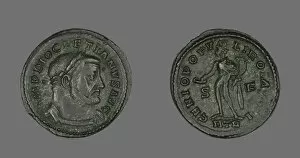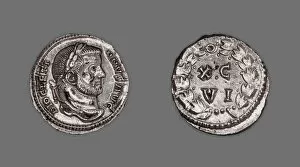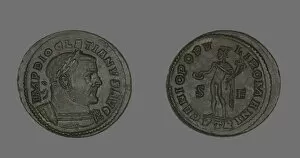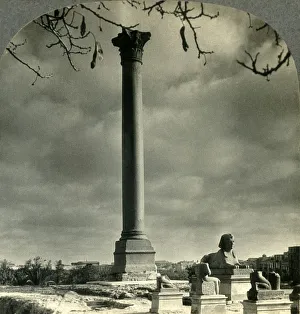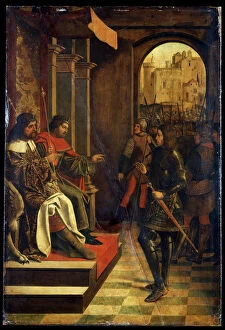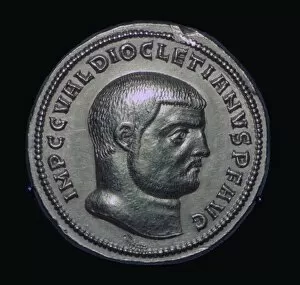Diokletian Collection
Diocletian, a name that echoes through history, is synonymous with power and grandeur
All Professionally Made to Order for Quick Shipping
Diocletian, a name that echoes through history, is synonymous with power and grandeur. From the majestic Baths of Diocletian to the intricate coins bearing his likeness, his legacy endures. The Baths of Diocletian stand as a testament to his opulence and architectural prowess. Built in 1562 by Johannes van Doetecum I and Lucas van Doetecum, these ruins transport us back to an era of lavish indulgence. Coins portraying Emperor Diocletian offer glimpses into the ruler's image and reign. Whether it be the mysterious coin from 302-303 or the argenteus issued by Diocletian himself in 300, each piece tells a tale of wealth and authority. Pompey's Column in Alexandria captures another facet of Diocletian's influence. Captured beautifully by Joseph Philibert Girault De Prangey in 1842, this landmark served as a guiding light for sailors navigating treacherous waters. Intriguingly, recently unearthed Sphinxes accompany Pompey's Pillar - an exciting discovery that adds even more allure to this ancient site. A portrait from 1890 showcases Diocletian's stern countenance, reminding us of his iron-fisted rule. The unknown artist skillfully captures both strength and determination within this captivating depiction. Even centuries after his reign ended, artists like Josse Lieferinxe continue to immortalize him through their work. "Saint Sebastien before the Emperors Diokletian and Maximilian" transports viewers back to late fifteenth century Europe when reverence for powerful rulers was still prevalent. Gold coins minted during Diocletian's time serve as tangible reminders of economic prosperity under his rule. These precious artifacts provide insight into the monetary system he established during his reign from 294-305 AD.



